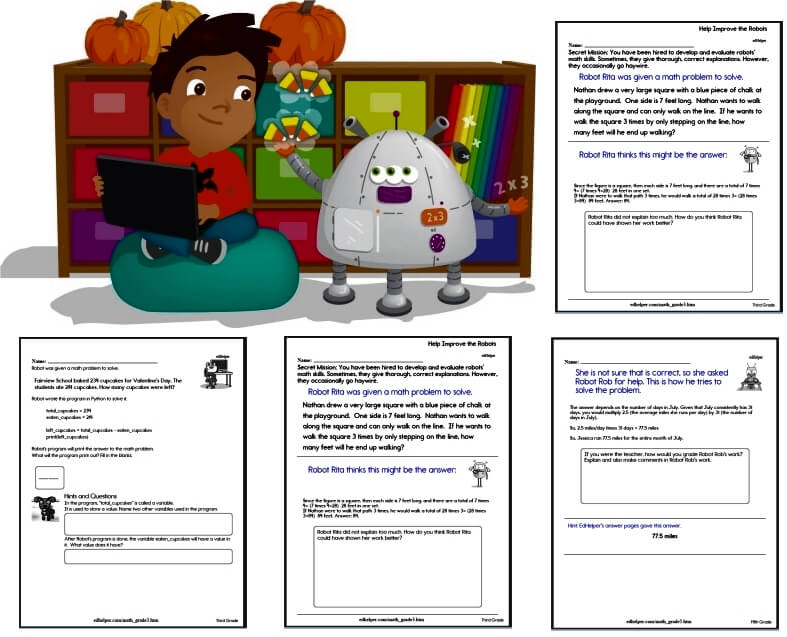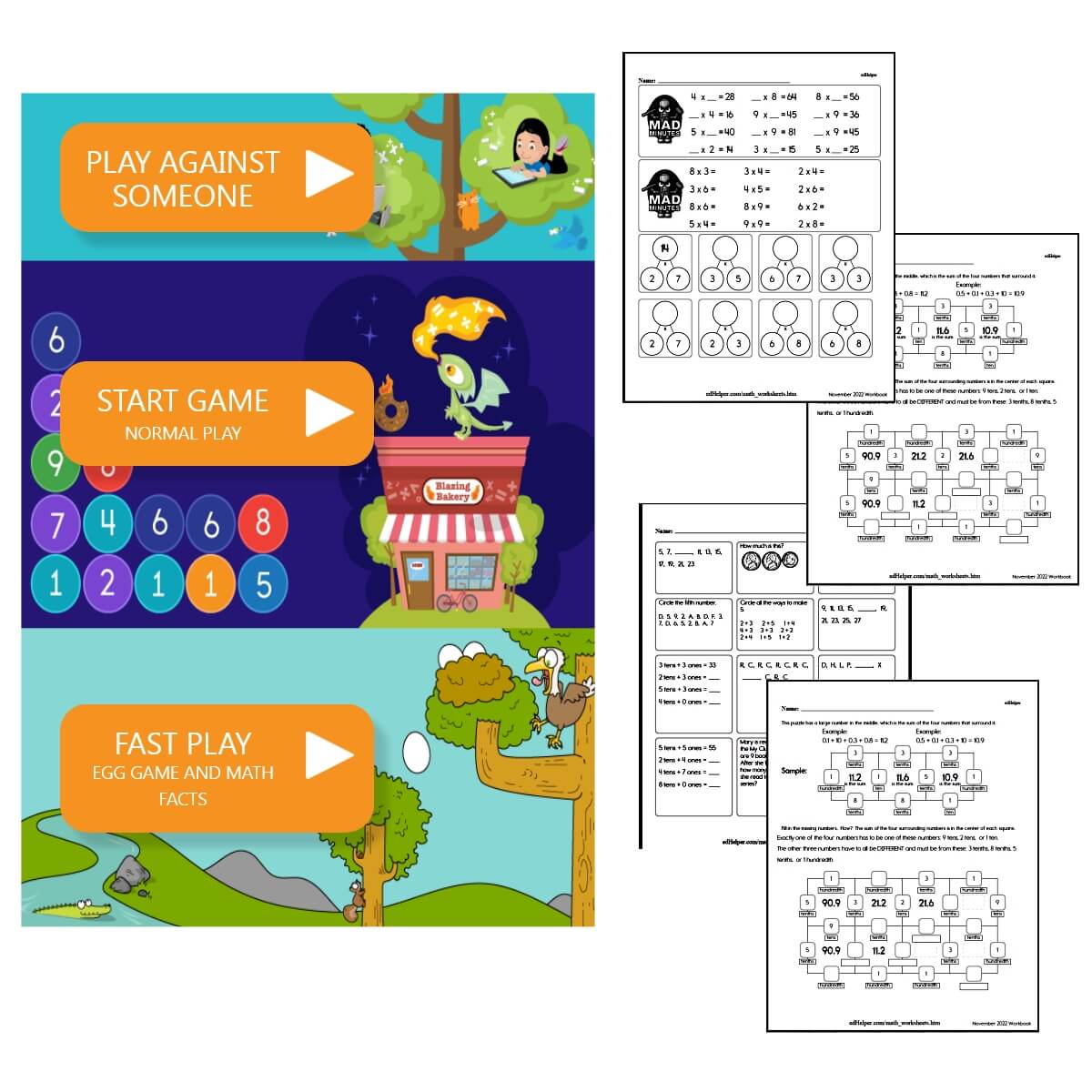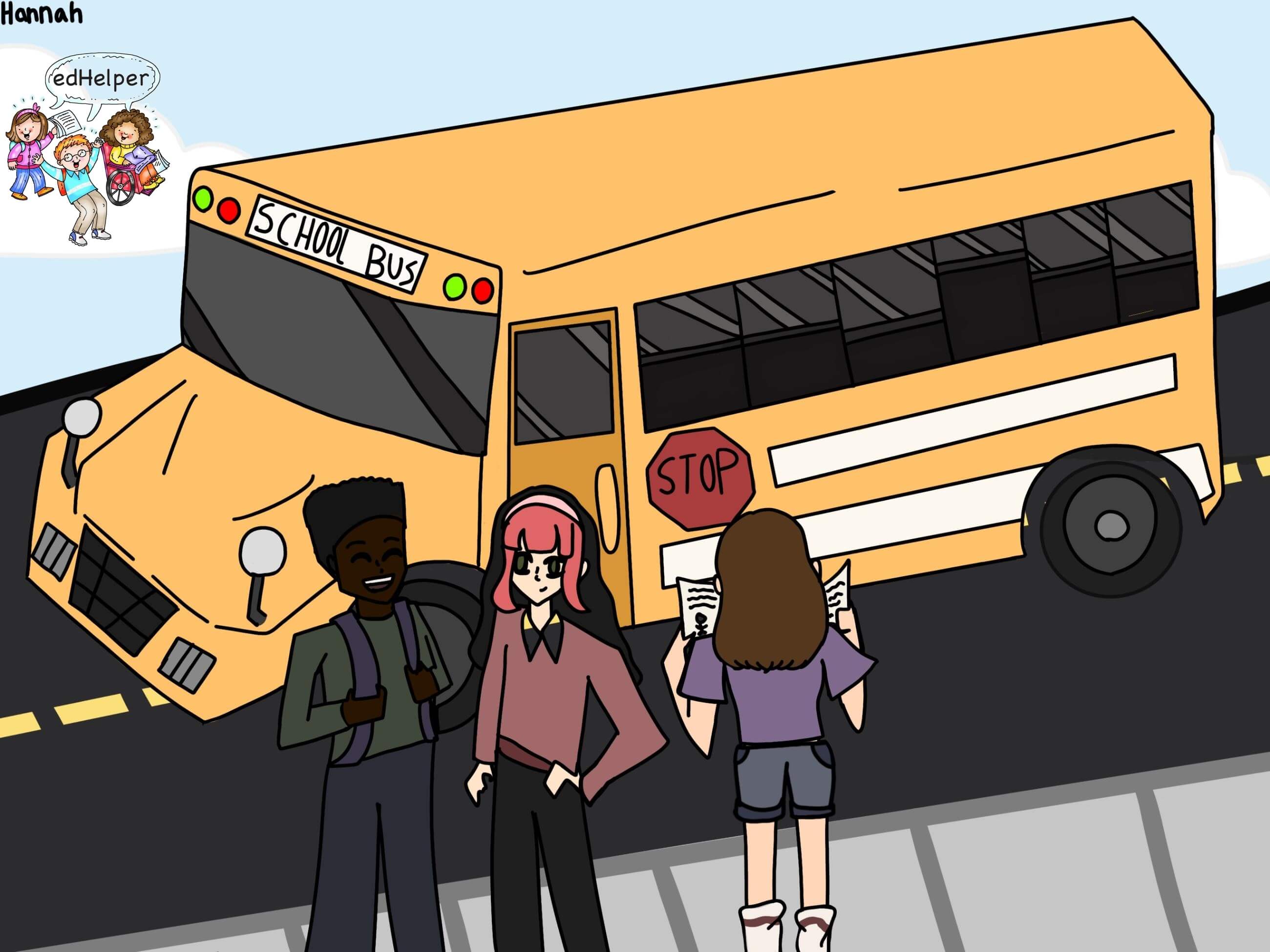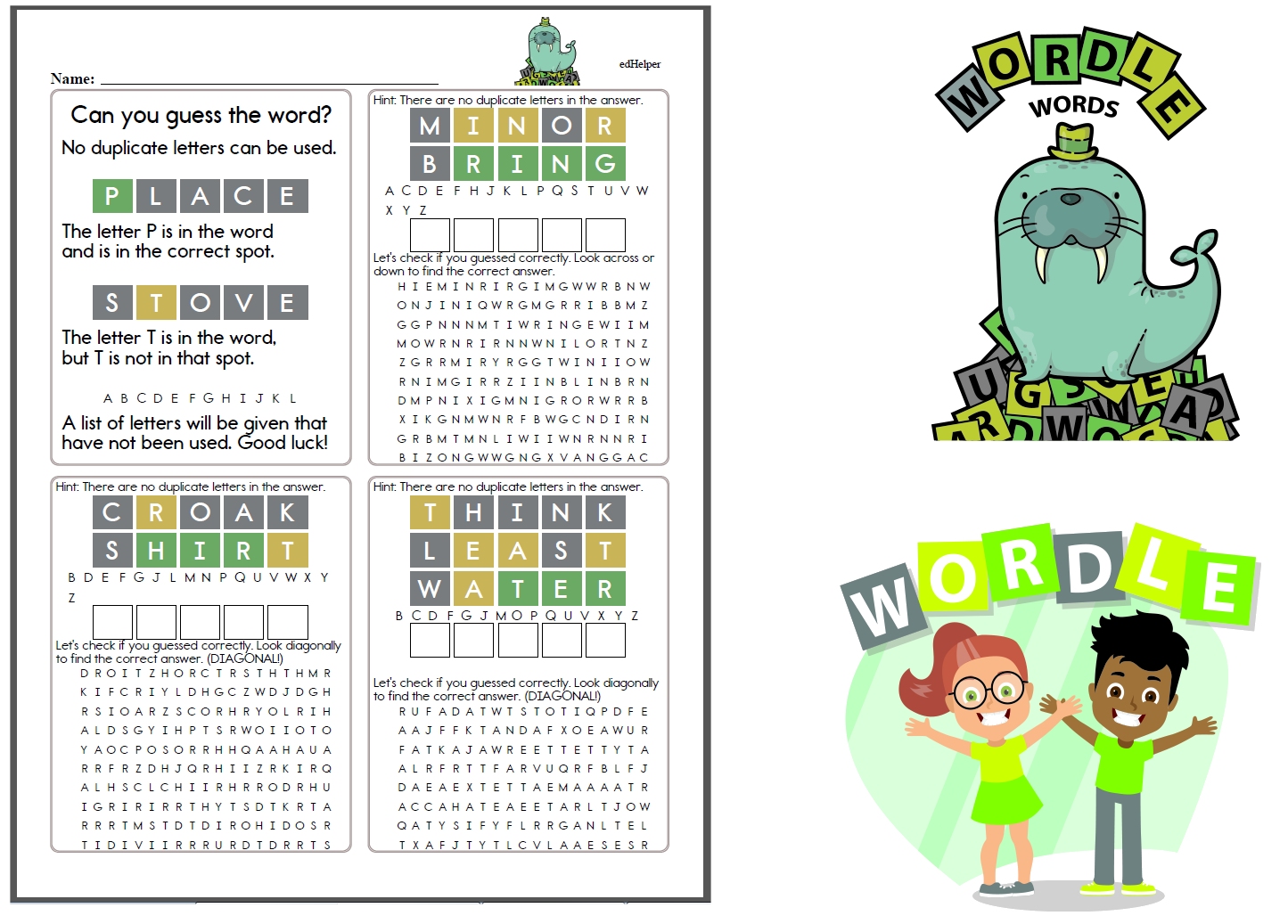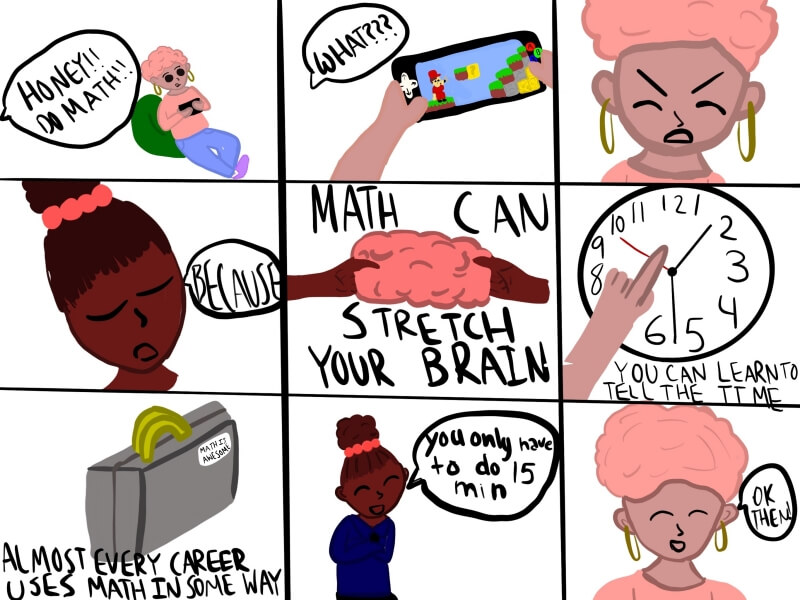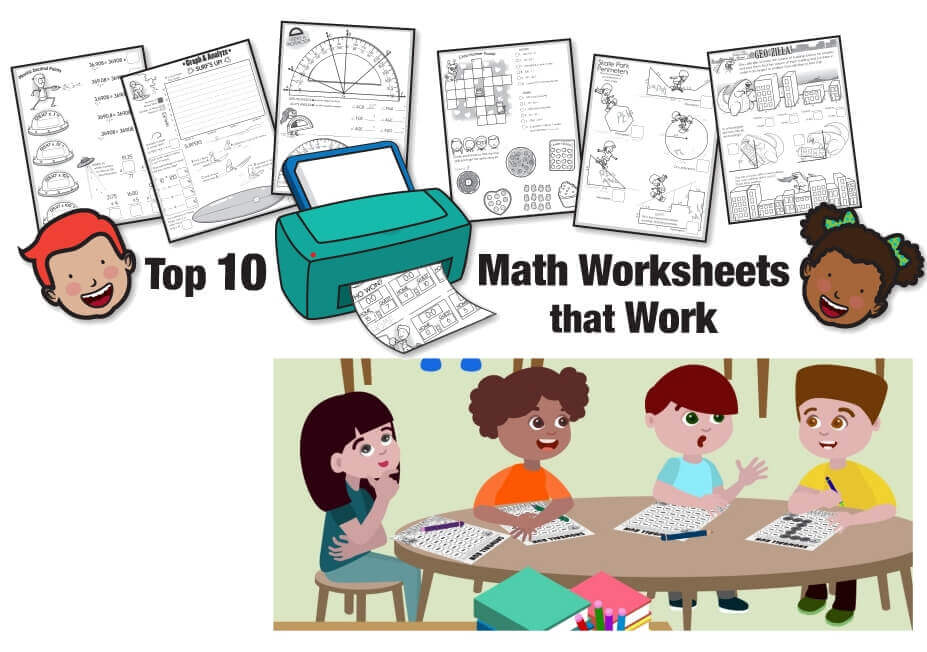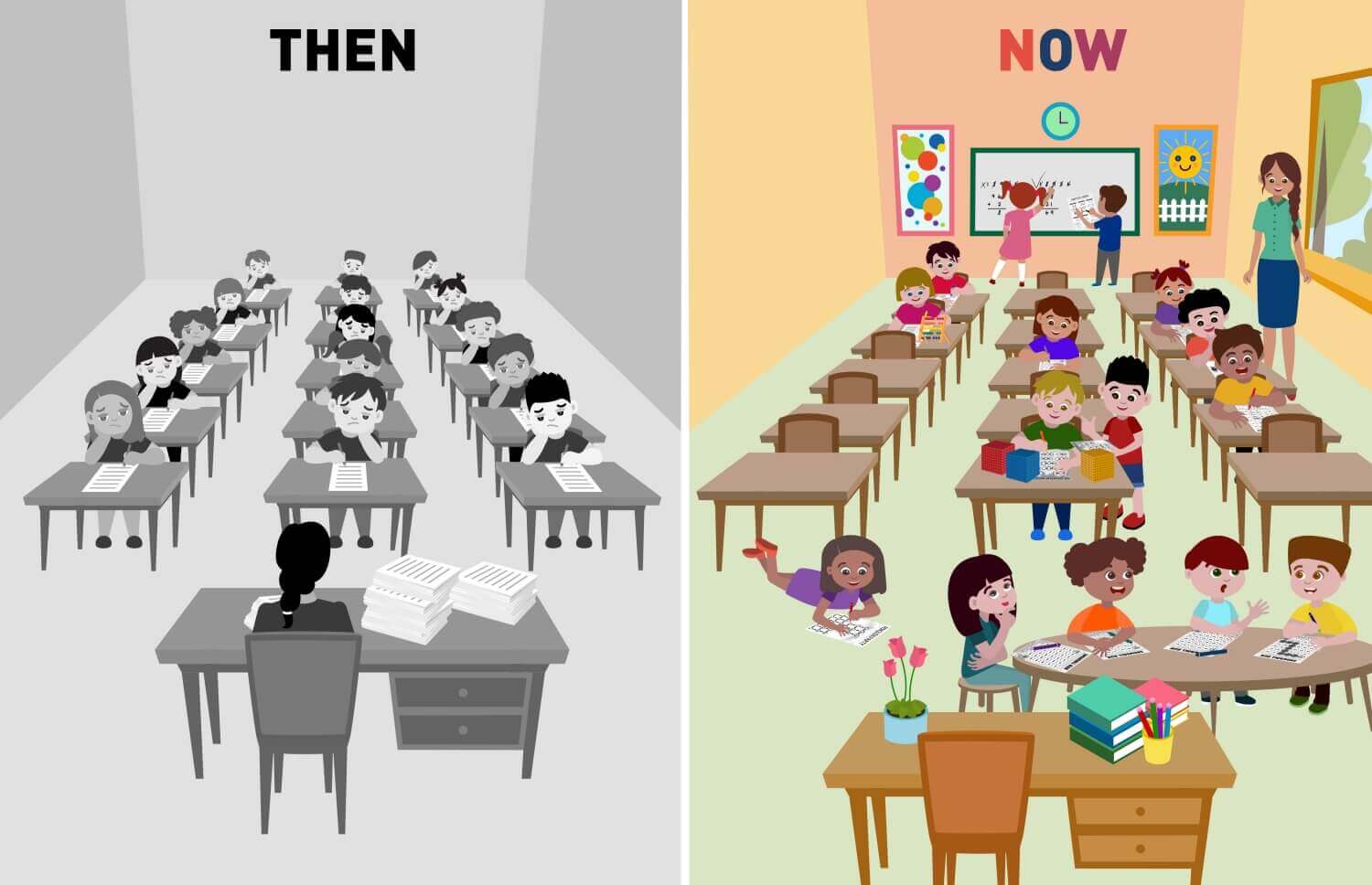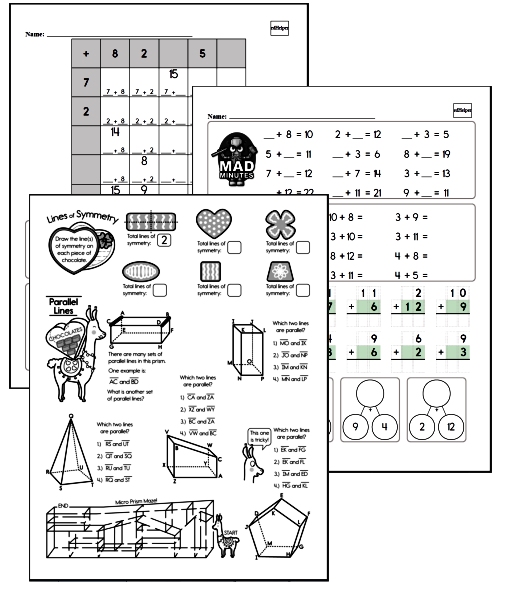Creative Ways for Teachers to Captivate the Class
By: edHelper Staff
Updated: Jun 24, 2022

Do you feel like your students are tuning you out?
Getting and keeping your students' attention can be hard, but it's the only way to be effective as a teacher. Only engaged students are primed and ready to learn the lesson you're trying to teach, no matter what the subject.
There are many strategies you can try if you want to increase student engagement in the classroom. The best teachers take it a step further and actively search for ways to captivate the class.
These tips will do just that. They go beyond classroom management ideas and attention-grabbing techniques and utilize the element of surprise to captivate your students.
The Element of Surprise
Dr. Michael Rousell points to a growth mindset as the key to learning. All it takes is one little surprise for a student to change their beliefs about a subject or even change their beliefs about themselves.
The element of surprise can be as simple as complimenting a student for taking their time on a test, then sharing with the class that students who take their time tend to score better. Students who initially thought that completing the test fast meant that they knew the material better might suddenly slow down because their initial beliefs were challenged.
Opportunities to surprise your class sometimes present themselves naturally, as in the example above, but you can also create opportunities for surprise in your classroom.
Dress the Part
This idea comes straight from Ms. Frizzle fromThe Magic School Bus. She always wears dresses with wild patterns that you can't ignore.
You can do the same! Don't be afraid of wild patterns, bright colors, and funky accessories. If that's not really your personal style, try wearing your hair differently. For fun, try wearing two different shoes to see if your students notice!
Is a unit on the Civil War coming up? Wear a morning dress or a Union-style uniform.
Are you getting ready for a unit on space? Dress up as an astronaut.
When your outfit is a surprise every day, your students are more likely to pay attention, even if they just do so because they can't believe what you're wearing!
Use Quotes in Your Class
The use of quotations provides a great opportunity to get your students to think in new ways. If a quote is impactful enough, it may surprise them and motivate them to change their thinking altogether.
There are many banks of quotes online that you can pull from. Try placing one on the board and talking about it at the start of every week. You can also choose specific quotes and talk about them before certain subjects or lessons.
For example, this Arthur C. Clarke quote would be great to use in advance of a unit on the ocean:
"How inappropriate to call this planet 'Earth,' when it is clearly 'Ocean.' "
It's not always about the quote itself. Sometimes, it's more about the person who said it. Try sharing quotes from musicians, actors, and athletes whom your students admire. It can be surprising for students to discover the intelligence of a beautiful actress or the dedication of a rapper.
Begin the Lesson With a Surprising Statistic or Fact
The use of statistics and facts can be another powerful way to hook your class ahead of a lesson. For example, visit US Debt Clock.org to see if students can read the value of the US national debt in advance of a math unit on big numbers. This same number can also provide a powerful way for students to start talking about politics and government ahead of the next election.
Tap into topics your students are already passionate about, and they may be so captivated that they continue talking about your lesson when class is over. Topics on the environment are likely to catch their attention, as are facts on social justice issues.
Provide a Demonstration
Demonstrations can be extremely powerful for sparking curiosity, especially when what's being demonstrated is unexpected.
Have a group of students who seem bored by chemistry? Try the rainbow reaction demonstration. Not only will the students be amazed that clear liquids are changing all the colors of the rainbow, but they will also appreciate the puns sprinkled throughout the demonstration.
Demonstrations that involve the kids can be especially powerful. For example, each House member of our government only hears from a small percentage of their constituents. Call twenty students up to the front of the class and then have all but one of them return to their seats. The one left standing, in effect, is speaking for the entire group that just sat down. This concept can help students understand why the government sometimes seems to enact policies that the rest of the population isn't in agreement with.
Say Something Unexpected
Looking for a quick way to get everyone's attention? From clapping rhymes and counting backward, there is no shortage of strategies you can teach your class. They often work, but they don't always prime your students to be engaged with what you're about to say next.
Try saying something unexpected instead!
Do you normally greet your class by saying, "Good morning, students"? Try saying it in a different language. Learning how to say it in an unexpected language, like Japanese or Mandarin, will really get their attention!
Have a little fun and share a useless piece of information. Did you know mosquitoes don't like dance music? Did you know that some people have a fear of beards, and it's called pogonophobia?
Jokes are also a great way to say something unexpected. Make sure you look distraught and dejected when your class arrives for science. When they ask you what's the matter, exclaim triumphantly that "Everything's matter!"
Don't Say Anything at All
If puns, jokes, and cleverness aren't really your thing, you don't have to say anything at all to get your classroom's attention.
For example, if you want to try the rainbow reaction demonstration mentioned earlier, you don't have to say a word. Simply set up the demonstration before your students arrive. When class begins, turn on Kermit's Rainbow Connection in the background and complete the demonstration. It will speak for itself-no words needed.
Are the kids acting particularly rowdy after recess? Or maybe they are having a hard time calming down after a special activity?
Simply sit at your desk quietly and watch the class. You'll be surprised at how quickly they catch on to the fact that they are quietly being observed and how many of the students will ask the rest of the class to be quiet on your behalf. After all, yelling often elicits eye rolls from students, while a calm, silent, and patient demeanor piques their interest because it's not what they expect from a teacher.
Sit With Your Students
How do you help students when it's time to get to work? You aren't alone if you invite students up to a group table to work with you or you lean over them as they work at their desk. That's what students expect. Sitting down with them is often a surprise, which makes it great for learning.
Pull up a chair and work with them right at their desk. If you really want to throw your students for a loop, set up an extra student desk among the rest of your class. Do your silent reading there and correct tests there while they are completing worksheets. Your close proximity will help them stay on task.
It's easy for students to get bored and stop paying attention. By learning some of these creative tactics that elicit feelings of surprise, you can get their attention when it matters. It's even better if your students expect the unexpected from you. They will soon learn to settle down and pay attention in anticipation of what you'll come up with next!


